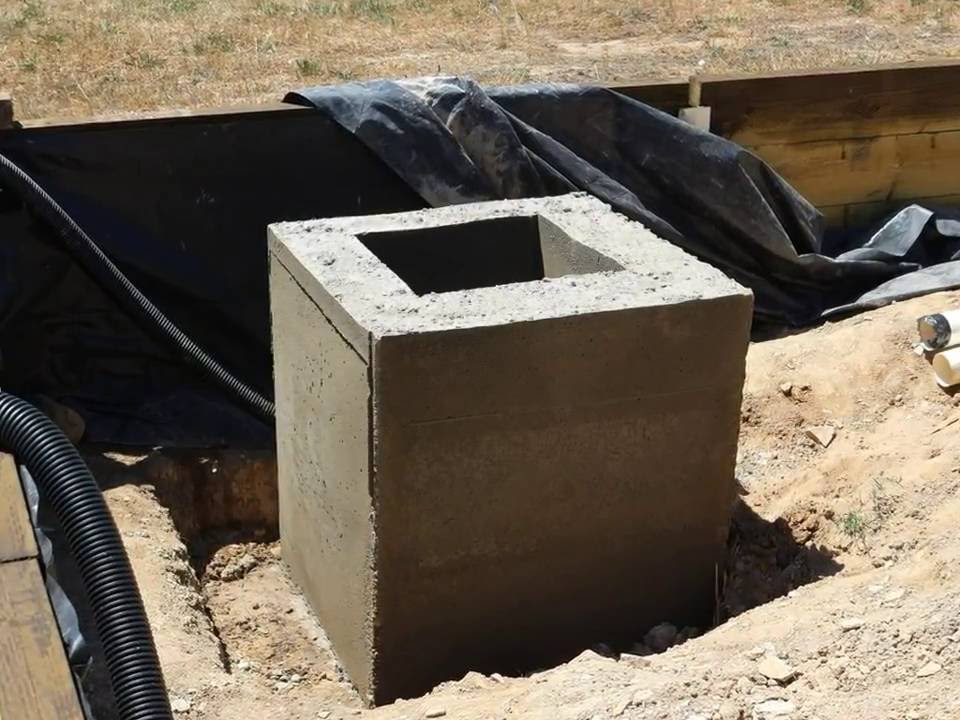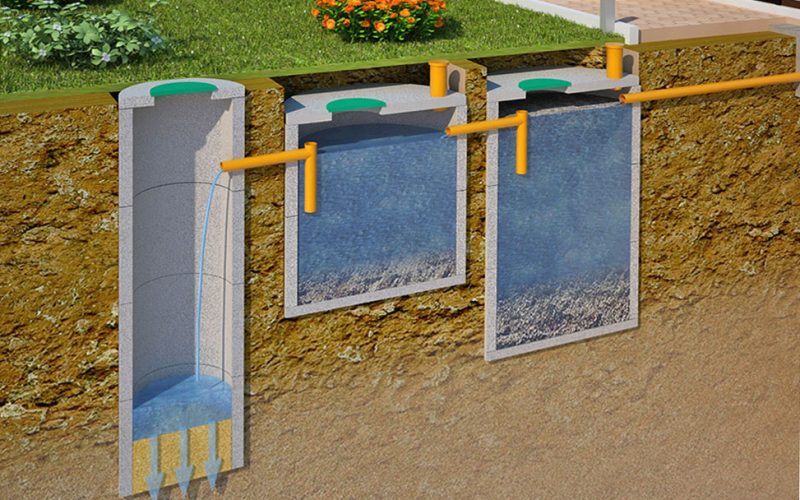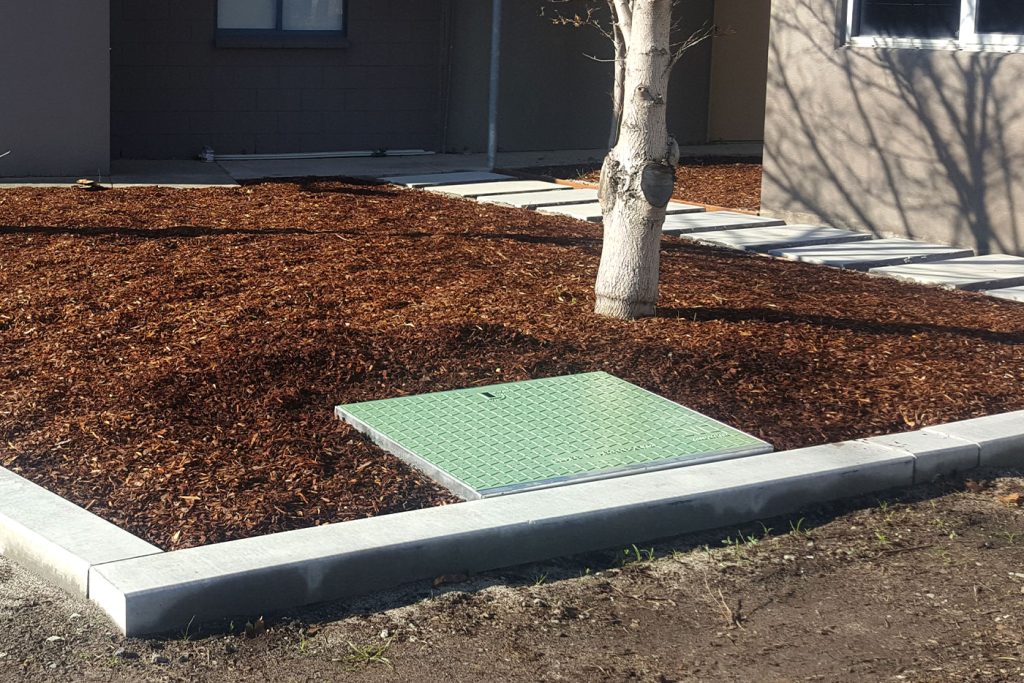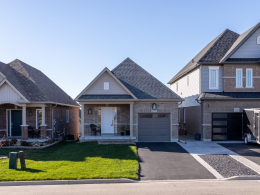With heavy rains and unpredictable weather, it is important to make sure that stormwater is managed well to keep infrastructure in good shape and stop flooding. As urbanization continues to reshape landscapes, the demand for reliable stormwater management systems, including concrete stormwater pits, grows.
Selecting the right concrete stormwater pit involves more than just choosing a structure. When looking for the right concrete stormwater pit for your project, this article talks about the most important things you should think about.
1. Types of Concrete Stormwater Pits
Concrete stormwater pits come in different types based on their design and usage. Some common types include grated pits for surface water drainage, gross pollutant traps to catch debris, and sediment basins to settle out particles. Each type serves specific purposes, so choose one that aligns with your drainage needs and environmental regulations.
2. Capacity and Dimensions

Consider the capacity and dimensions of the stormwater pit to ensure it can handle the expected water flow. Factors like catchment area, rainfall intensity, and drainage requirements influence pit size. Choose a pit that accommodates peak flows without causing overflow or blockages, based on local council guidelines.
3. Material Quality
For long-lasting performance, use only high-quality materials. Opt for concrete pits that meet Australian standards for strength and durability. Check for reinforced concrete construction and corrosion-resistant features to withstand environmental conditions and heavy usage.
4. Inlet and Outlet Configuration
The configuration of inlets and outlets in stormwater pits affects how efficiently they manage water. Properly placed inlets allow rainwater to enter smoothly, preventing debris from clogging the system.
At the same time, outlets should be positioned to ensure water drains away quickly and doesn’t back up during heavy rains. Optimal sizing of these openings ensures consistent water flow without causing flooding or backups.
5. Accessibility and Maintenance
Easy access for inspection and maintenance is essential for stormwater pits. Choose pits with accessible covers and openings that allow for regular cleaning and debris removal.
This accessibility reduces the risk of clogs and ensures the pit continues to function effectively over time. If you want to save money on maintenance and make pits last longer, choose ones that are easy to get to for inspections.
6. Cost Analysis
Initial costs vary based on pit size and quality. However, investing in durable materials and proper sizing upfront can save money over time by reducing maintenance and repair needs. Calculate potential savings from avoiding flooding and damage due to well-maintained stormwater management.
Factor in ongoing maintenance costs, such as cleaning and inspection, to assess the overall cost-effectiveness of different pit options.
Find the Right Concrete Stormwater Pits
In conclusion, selecting the right concrete stormwater pits is crucial for effective water management and infrastructure durability. So, choose wisely to integrate reliable and durable concrete stormwater pits into your infrastructure, ensuring efficient drainage solutions that withstand the test of time.
With careful planning and informed decision-making, you can achieve effective stormwater management and contribute positively to your community’s environmental stewardship.












